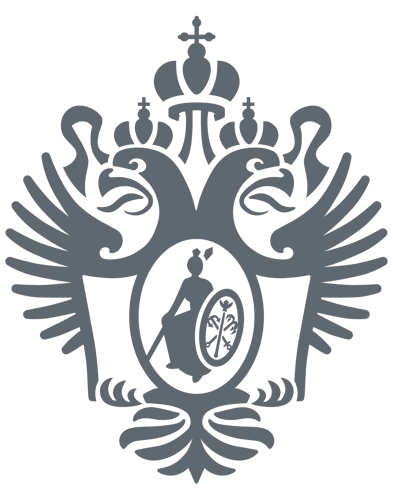Thermo Optical Analysis of phase changes and phase equilibria

Carl Zeiss Axio Scope A1 is a flexible, high-performance modular microscope platform specially designed both for routine and advanced research tasks in materials microscopy. The Axio Scope A1 offers exceptionally large scalability of the sample area height, which can be continuously set for sample sizes up to 380 mm high for numerous applications, depending on the configuration. 2-position sliders and 6-position reflector turrets are available as reflector modules, depending on the application.
In any case, it is possible to quickly and easily switch between the different contrasting techniques. In addition to traditional contrasting techniques in reflected and transmitted light such as brightfield, darkfield, differential interference contrast and polarisation, Axio Scope A1 now also enables innovative techniques such as C-DIC and PlasDIC. The overall zoom of unit is 12.5-2500x. The microscope is equipped with a 3.3 megapixels (2080x1540) color digital camera and distortion-free optics, built-in, there is support for live images with Ultra XGA (1600x1200) and 8 fps.

Microscope equipped with a heating stage Linkam TS1500, which allows the use device for visually programmable thermal analysis. Available monitoring for real-time tracking changes in morphology and structure of the sample, for the processes of phase transitions at temperatures up to 1500oC.
The TS1500 stage is ideally suited to the study of ceramics, metallurgy, materials, geology and high temperature polymers at both high and low heating and cooling rates. The sample is placed inside the ceramic sample cup, so that the sample is heated from underneath as well as from the sides. The controller enables the stage to heat samples at an incredible 200oC/min.
A powerful set of software provides comfortable operation with extensive libraries of the data of thermo optical analysis, the ability to make comparisons, to create photo and video reports, to broadcast the experiment online.
Image source:
http://www.linkam.co.uk



